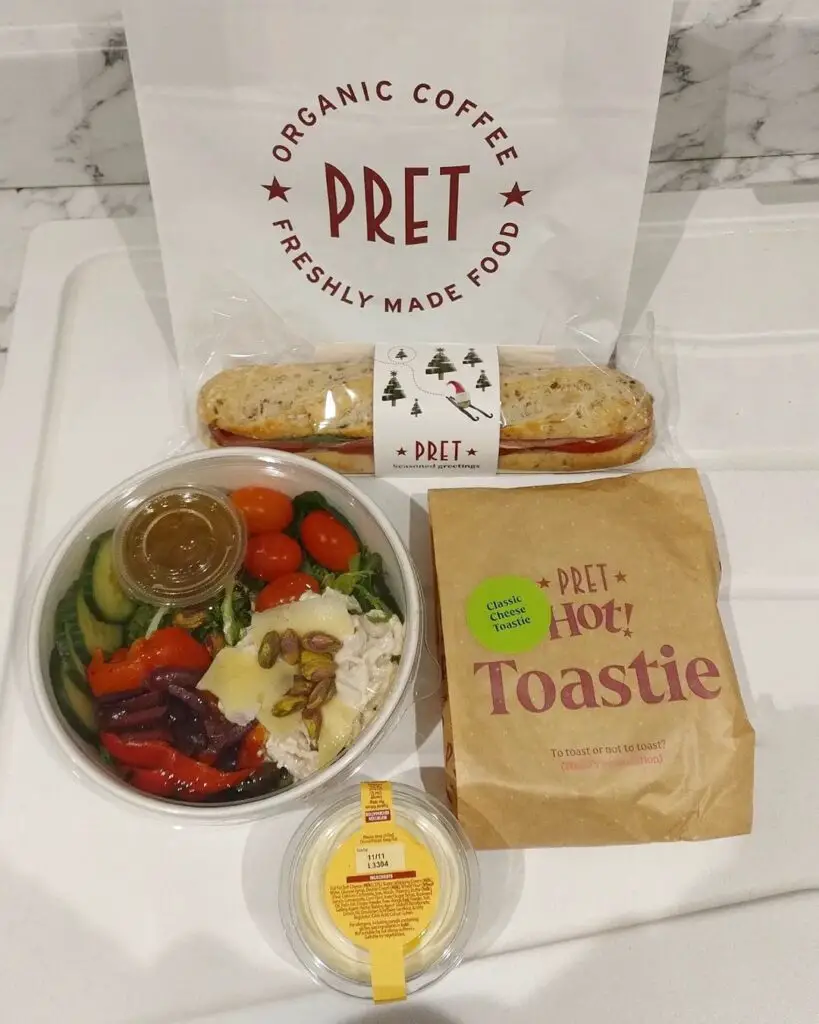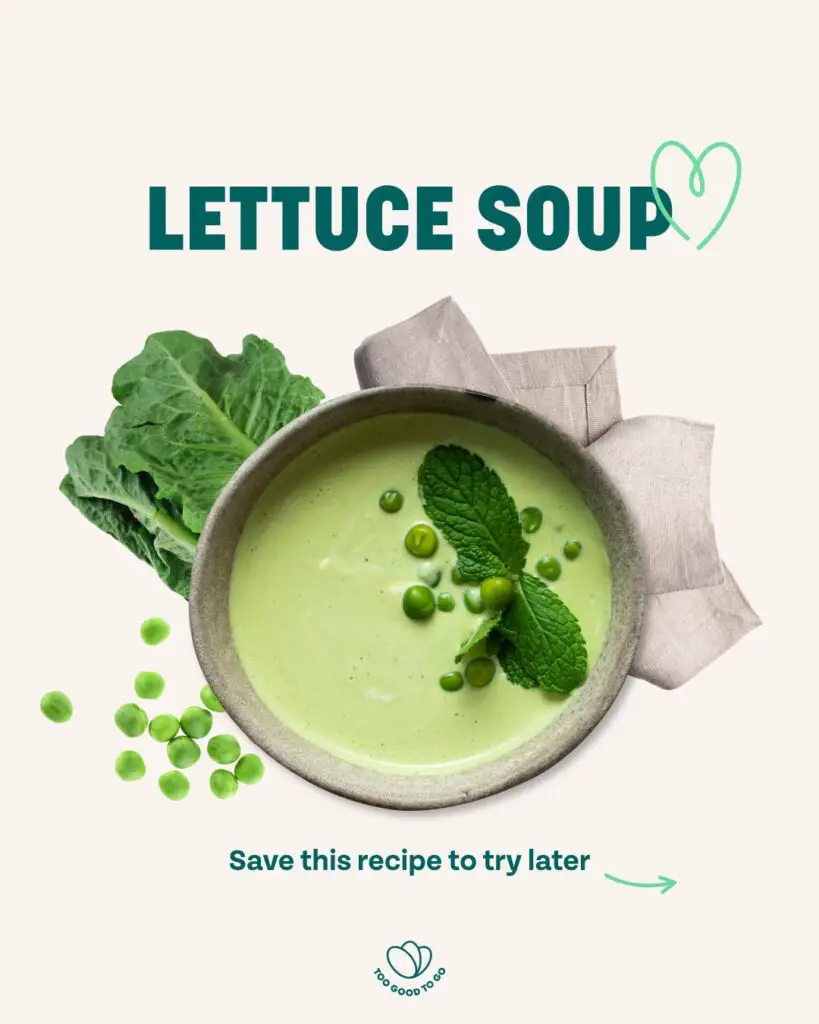Too Good To Go (TGTG) stands out as a beacon of hope in a world increasingly conscious of sustainability and waste reduction. This innovative app, launched in Copenhagen in late 2015, has revolutionized the way we think about food waste.
By connecting users with restaurants and stores that have surplus food, TGTG has created a win-win situation for both businesses and consumers.
History of Too Good To Go
Origins and Initial Challenges
The inception of Too Good To Go (TGTG) can be traced back to late 2015 in Copenhagen, Denmark.
Initially, the concept of minimizing food waste wasn’t a mainstream concern, and restaurants were skeptical about the profitability of selling surplus food at lower prices.
However, the founders of TGTG recognized the potential benefits of their platform for both the environment and businesses.
Early Adoption and Growth
Despite initial challenges, the concept quickly gained traction, particularly among students in Copenhagen.
This was largely due to the app’s ability to offer affordable meals from otherwise expensive restaurants.
The founders capitalized on this early success and embarked on a rapid expansion across Europe.
Expansion Strategy
Rather than hiring local employees for their expansion, TGTG adopted an innovative approach by making local operators co-founders in the new markets.
This strategy not only incentivized hard work and dedication but also facilitated a faster and more efficient expansion across Europe.
Leadership and Investment
In June 2017, Mette Lykke, previously co-founder of the fitness tracking app Endomondo, took over as the CEO of TGTG.
Under her leadership, the company expanded into more countries and raised significant venture funding, positioning itself strongly against emerging competitors in the food waste reduction market.
Global Reach and Impact
By the end of 2019, TGTG had made a significant impact, with over 11 million users and partnerships with thousands of stores.
The 2020 pandemic posed challenges but also highlighted the importance of food waste reduction, leading to TGTG’s expansion to the United States in September 2020.
Present and Future Goals
Today, TGTG stands as a leading platform in the fight against food waste, with millions of meals saved and a growing global presence. The company’s approach, combining environmental sustainability with practical business solutions, has not only made it a success story but also a model for future environmentally-conscious businesses.
The Revenue Model: A Combination of Fixed and Commission Fees
TGTG’s primary revenue comes from a dual-fee system. The fixed order-based fee, about $1.79 per order in the U.S., constitutes the main revenue driver.
Additionally, TGTG charges an annual administrative fee of $89 to its partners. This fee structure aligns with TGTG’s marketplace business model, where it operates as a mediator between restaurants/venues and customers.
Ensuring Market Liquidity and Customer Satisfaction
A crucial aspect of TGTG’s strategy is to ensure market liquidity by having a significant number of restaurant partners in each new location. This abundance of choices encourages customer retention, which in turn attracts more restaurants to the platform.
Benefits for Partners: Beyond Financial Gains
Partners of TGTG benefit not only from additional revenue but also from increased brand visibility and customer goodwill. The ‘surprise boxes’ provided by TGTG serve as an effective marketing tool.
Satisfied customers often return to these restaurants for full-priced meals, and many share their experiences on social media, providing free marketing for the businesses.
Expansion and Future Growth
After consolidating its presence in Europe, TGTG expanded to the United States in 2020. The app has been successful in creating a community of users and partners dedicated to reducing food waste.
As of now, TGTG boasts over 20 million registered users and has saved millions of meals from going to waste.
Tackling Challenges and Staying Ahead
Despite its success, TGTG faces challenges like quality control and adapting to different regulatory environments.
The app’s unique selling proposition, the ‘Magic Bag,’ which contains a selection of unsold surplus food, has been crucial in keeping the business model simple and adaptable for partners.
This flexibility, along with a strong focus on reducing food waste, has helped TGTG maintain a competitive edge in the market.
How Does Too Good To Go Work?

For Consumers:
- Creating an Account:
- Users begin by downloading the TGTG app and creating an account.
- Exploring Local Options:
- The app displays nearby restaurants and food businesses that have partnered with TGTG. Users can browse through these options based on their location.
- Purchasing ‘Surprise Bags’:
- Users can purchase ‘surprise bags’, which contain a variety of unsold food items. The contents of these bags are typically a mystery, adding an element of surprise and excitement for the consumer.
- Collecting the Food:
- After purchasing, users pick up their surprise bag from the selected business at an agreed-upon time.
For Businesses:
- Registration and Listing Surplus Food:
- Businesses interested in partnering with TGTG complete an enrollment form. Once registered, they can list their surplus food on the app as ‘surprise bags’.
- Attracting Customers:
- The app helps these businesses reach new customers, reducing food waste while recovering some costs from unsold items.
- Transaction Process:
- When a user reserves a surprise bag, the business is notified. The user then visits the business, confirms the purchase through the app, and collects the bag.
- Financial Settlement:
- The business sells its surplus, mitigates losses, and contributes to environmental sustainability. The revenue from the sale of surprise bags is tracked in the app, and payouts are made quarterly.
Additional Benefits and Features:
- Flexibility for Businesses:
- The ‘Magic Bag’ concept allows businesses to adapt the contents based on the surplus available each day. This flexibility is crucial for businesses to integrate the use of TGTG into their daily operations without additional hassle.
- Encouraging Sustainable Practices:
- By participating in TGTG, businesses not only address food waste but also gain positive brand recognition for their environmental efforts.
- Expanding Customer Base:
- Businesses benefit from the exposure to new customers who may return as full-paying customers, as seen in the 76% return rate cited by TGTG.
- Cost and Fee Structure:
- Joining TGTG is free for businesses, with fees applied only when food is sold through the app. These fees include a small commission on each surprise bag and an annual fee, contributing to TGTG’s revenue.
- Social Impact:
- The app also serves an educational role, raising awareness about food waste and its environmental impacts. Users often report a change in their food consumption habits after engaging with the app.
Funding, Revenue, and Valuation

Too Good To Go (TGTG), known for its mission to fight food waste, has shown impressive growth in terms of funding, revenue, and overall company valuation.
Funding and Investment Rounds:
- TGTG raised a significant amount of $31.1 million in a funding round led by blisce/, which contributed $15.4 million. This round marked the first time TGTG raised money from a venture capital firm, highlighting the growing investor interest in sustainable and socially impactful business models.
- In total, TGTG has accumulated funding of approximately $51.5 million over several rounds. This funding has been instrumental in supporting its expansion and operations across various countries, further solidifying its position in the marketplace for surplus food.
Revenue and Business Impact:
- While specific annual revenue figures for TGTG are not publicly disclosed, the company’s business model generates revenue through a combination of fixed and commission fees from the food businesses that participate in its platform. This revenue model has been effective in creating a sustainable business while also addressing the critical issue of food waste.
- TGTG’s impact is reflected in its operational metrics, such as the number of meals saved and the extent of its user base. The company has reportedly saved millions of meals from going to waste, aligning with its core mission.
Company Valuation
- As of March 2021, TGTG’s valuation was estimated at around $818 million. This valuation is a testament to the company’s successful expansion and the effectiveness of its business model in addressing environmental sustainability concerns.
Global Reach and Expansion
- TGTG operates in multiple countries, including a significant presence in European markets and a growing footprint in the United States. The company’s expansion into various metropolitan areas in the U.S., such as New York City and Boston, demonstrates its commitment to addressing food waste on a global scale.
The combination of substantial funding, a sound revenue model, and an impressive company valuation underscores Too Good To Go’s success as a social impact firm. Its focus on reducing food waste while creating a sustainable business model sets a benchmark for other companies aiming to blend profitability with positive societal impact.
Conclusion
Too Good To Go’s business model is not only financially viable but also socially responsible. By effectively addressing the issue of food waste, TGTG has created a sustainable ecosystem that benefits businesses, consumers, and the environment.
The company’s success story is a testament to the potential of innovative solutions in tackling global challenges.

